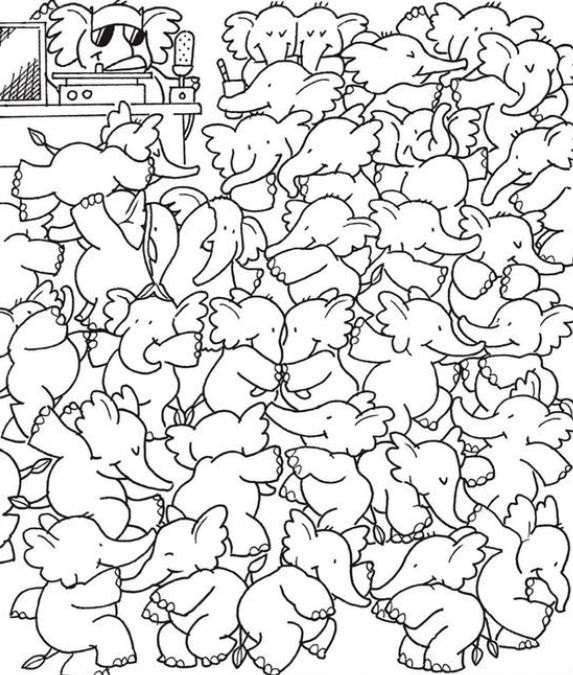When you leave your house and come back, and everything is just as the way you left it. Your brain is not forced to do much in that situation. But if you walk into your office cubicle and there is a red box sitting on the table that wasn't there when you left, your focus will go to that new object. That's your visual processing skills.
When every day you are living in the same predictable environment, your brain stops paying attention. This can lead to a decline in attention span. The brain prioritises processing novel or unexpected information, and a lack of novelty can lead to mind-wandering and reduced focus.
To this effect, visual illusions play a crucial role in maintaining your visual processing skills and attention. Visual illusions can reveal the constraints that your visual system must have developed due to a lack of mind-invigorating activities. Your brain must be exposed to experiences that stimulate mental activity and enhance alertness, thus making it sharper and more focused.
Here is an optical illusion to spot a whale hidden among identical-looking elephants in 15 seconds. Can you find it to prove you have the highest level of visual processing skills? Are you ready? Scroll down to take the challenge.
There is one whale hidden among elephants. You have to spot it in 15 seconds. Ready?

You must be highly gifted if you can crack this optical illusion test. Most people failed!
There is a whale cleverly artistically hidden among elephants. You have 15 seconds to spot it and prove you are a visual genius.
Set a timer for 15 seconds and start observing the overall image carefully.
Focus on specific sections, looking for subtle differences in shape, size,or orientation that might indicate the presence of the whale.
Pay attention to the outlines and silhouettes of the elephants. The whale will likely have a different contour, possibly a curved shape.
Look for areas where the negative space (the background) seems to form a shape tha may resemble a whale's body, tail, or fin.
Zoom in and examine the detail closely. Look for small variations in the pattern or outlines that might be used to camouflage the whale.
If you are struggling, try shifting your perspective Try squinting your eyes, tilting your head, or rotating the image. Use your peripheral vision to let the whale pop out.
Do not get disheartened. Keep looking. The whale is there.
Did you find the whale? Let's check the answer.
Answer revealed! Where is the whale?
If you are still looking for the hidden whale, scroll down to see where the whale was all this time. If you spotted it successfully, you have shown outstanding visual processing skills. You are alert and attentive. Great work!

Comments
All Comments (0)
Join the conversation